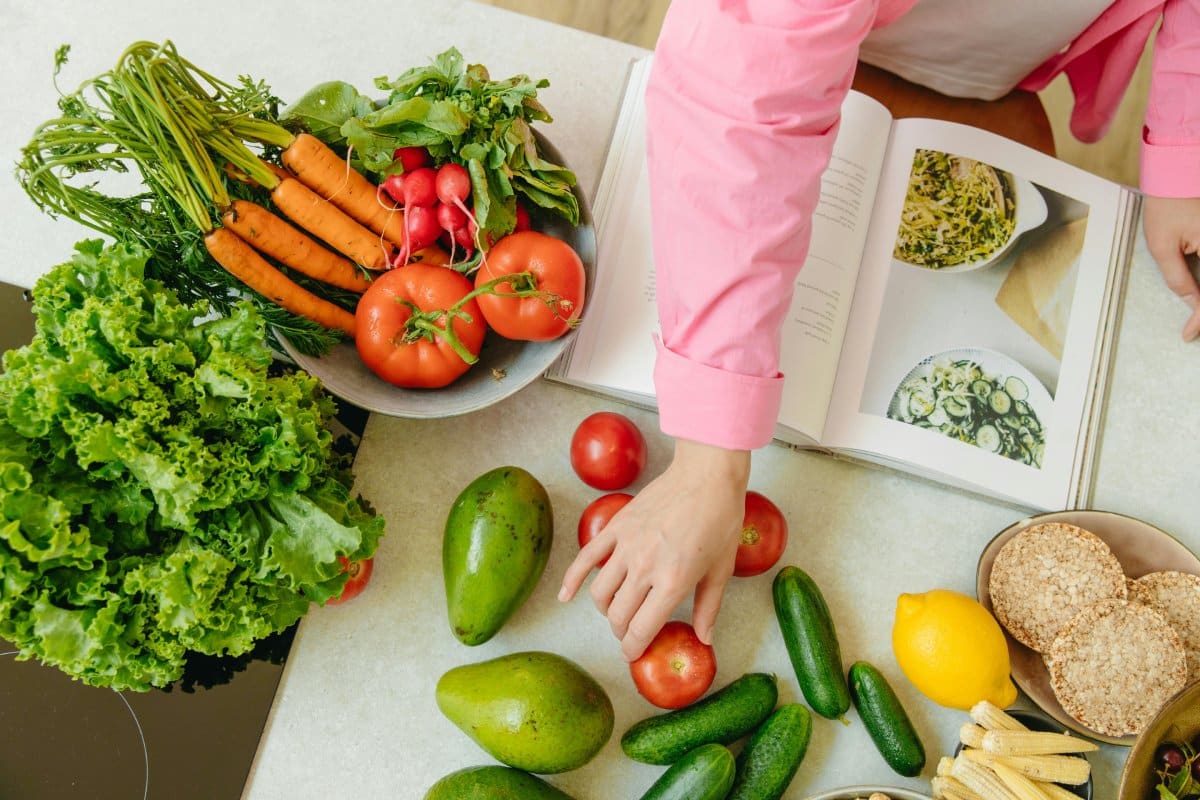Embracing the farm-to-table movement doesn’t require a farm—just a bit of space and a willingness to get your hands dirty. Whether you’ve got a sprawling backyard or a modest balcony, growing your own herbs and vegetables can be straightforward and rewarding. Here’s how to transform your cooking and your grocery bills, bringing the freshness of the farm directly to your kitchen.
#1. Start Small

Begin with easy-to-grow herbs like basil, parsley, or mint. If you’re new to gardening, starting small can help you gain confidence and experience without overwhelming yourself.
#2. Choose the Right Location

Most herbs and vegetables need about 6 to 8 hours of sunlight daily. Find a spot that meets these needs, whether it’s a sunny windowsill or a dedicated garden bed.
#3. Use Quality Soil

Good soil is the foundation of a healthy garden. Opt for organic potting mix for containers or enhance garden soil with compost to improve nutrient content and drainage.
#4. Pick the Right Plants

Choose plants that will thrive in your local climate. Consult with a local garden center to find varieties that best suit your area’s growing conditions.
#5. Consider Containers

If space is limited, many vegetables and herbs grow well in containers. Ensure they have adequate drainage and are large enough to accommodate the plant’s growth.
#6. Water Wisely

Over-watering is as harmful as under-watering. Feel the soil about an inch below the surface; water only when it feels dry. Early morning is the best time to water your plants.
#7. Fertilize Naturally

Use organic fertilizers like fish emulsion or seaweed extract. These are less harsh than chemical fertilizers and can provide nutrients without damaging the environment.
#8. Practice Crop Rotation

Even in small spaces, try not to plant the same vegetable or herb in the exact same spot each year. Rotation helps prevent soil-borne diseases and nutrient depletion.
#9. Keep It Clean

Regularly remove dead leaves and spent blooms to keep your plants healthy. This also helps in preventing disease and pest infestations.
#10. Use Mulch

Mulch helps retain soil moisture and suppress weeds. Organic mulches like straw or grass clippings also add nutrients to the soil as they decompose.
#11. Attract Beneficial Insects

Encourage ladybugs, bees, and other beneficial insects by planting flowers like marigolds or cosmos nearby. These insects help pollinate your plants and control pests naturally.
#12. Implement Companion Planting

Grow plants together that benefit each other. For example, planting basil near tomatoes is believed to improve their growth and flavor.
#13. Be Patient

Some plants take longer to produce than others. Patience is key! Enjoy the process of watching your plants grow and thrive.
#14. Learn from Mistakes

Every gardening season is a learning experience. Take notes on what works and what doesn’t, and adjust your strategies accordingly.
#15. Harvest Properly

Harvest herbs and vegetables at their peak for the best flavor. Regular harvesting often encourages more production.
#16. Keep Backyard Chickens

As a bonus tip, consider raising backyard chickens. Not only will you get fresh eggs, but chickens can also help control pests and provide compostable material for your garden.
Grow Green, Save Green

By following these tips, you can create a sustainable, productive garden that supports your culinary adventures and cuts down on grocery bills. Plus, there’s nothing quite like the taste of something grown with your own hands. Here’s to enjoying the fruits (and vegetables) of your labor right from your own backyard!
The post Farm-to-Table at Home: 15 Tips for Growing Your Own Herbs and Vegetables first appeared on Mama Say What?!
Featured Image Credit: Pexels / Yaroslav Shuraev.
For transparency, this content was partly developed with AI assistance and carefully curated by an experienced editor to be informative and ensure accuracy.





